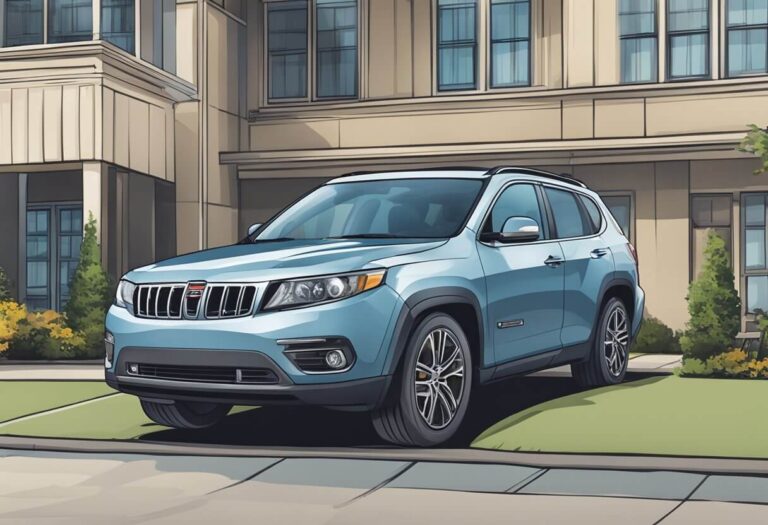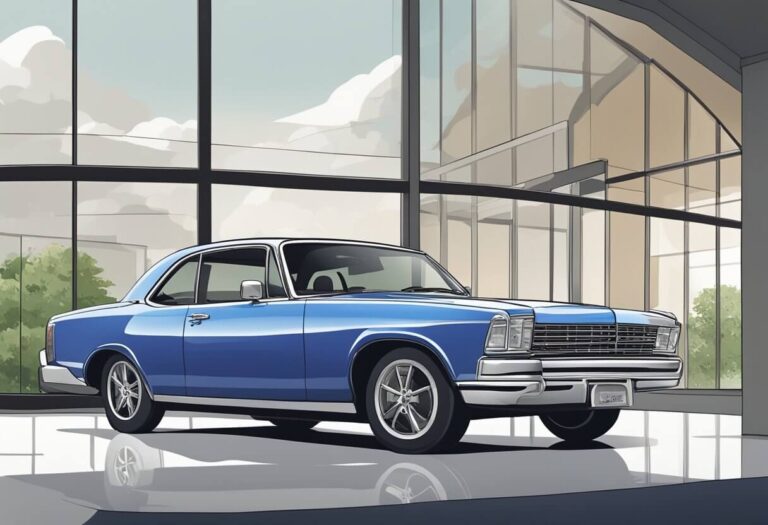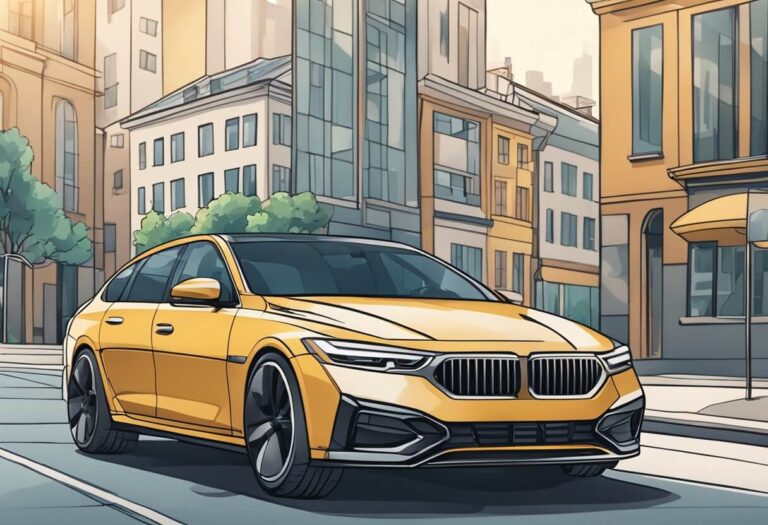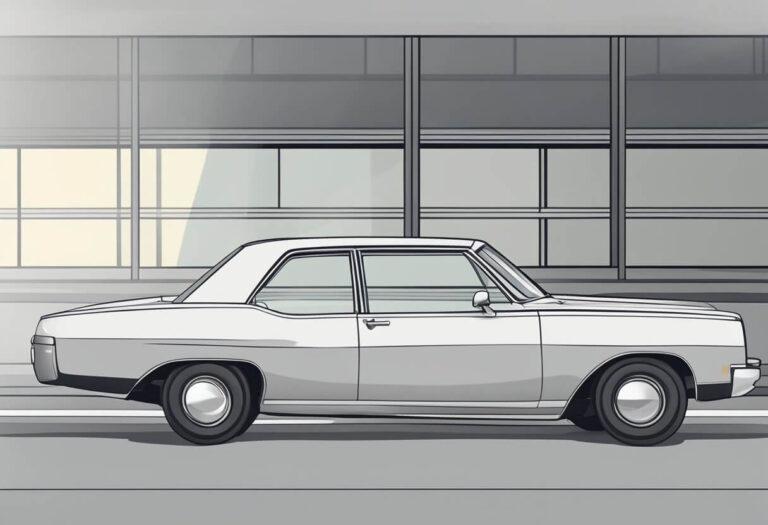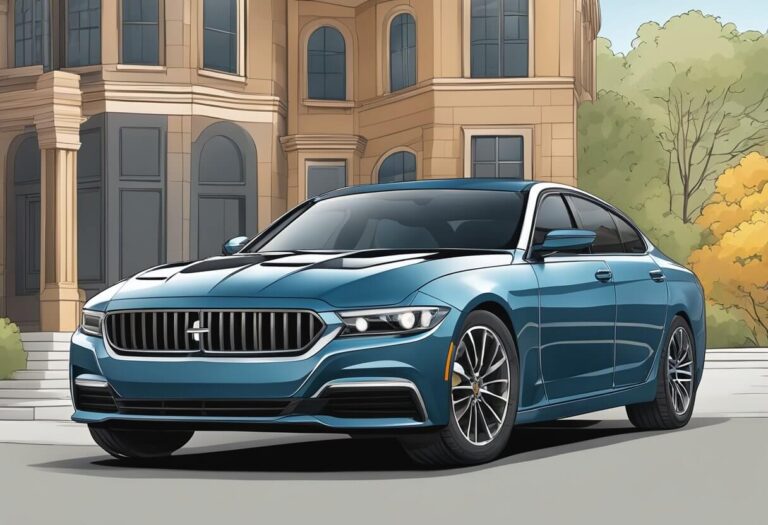Is 15% Window Tint Legal? A Comprehensive Guide
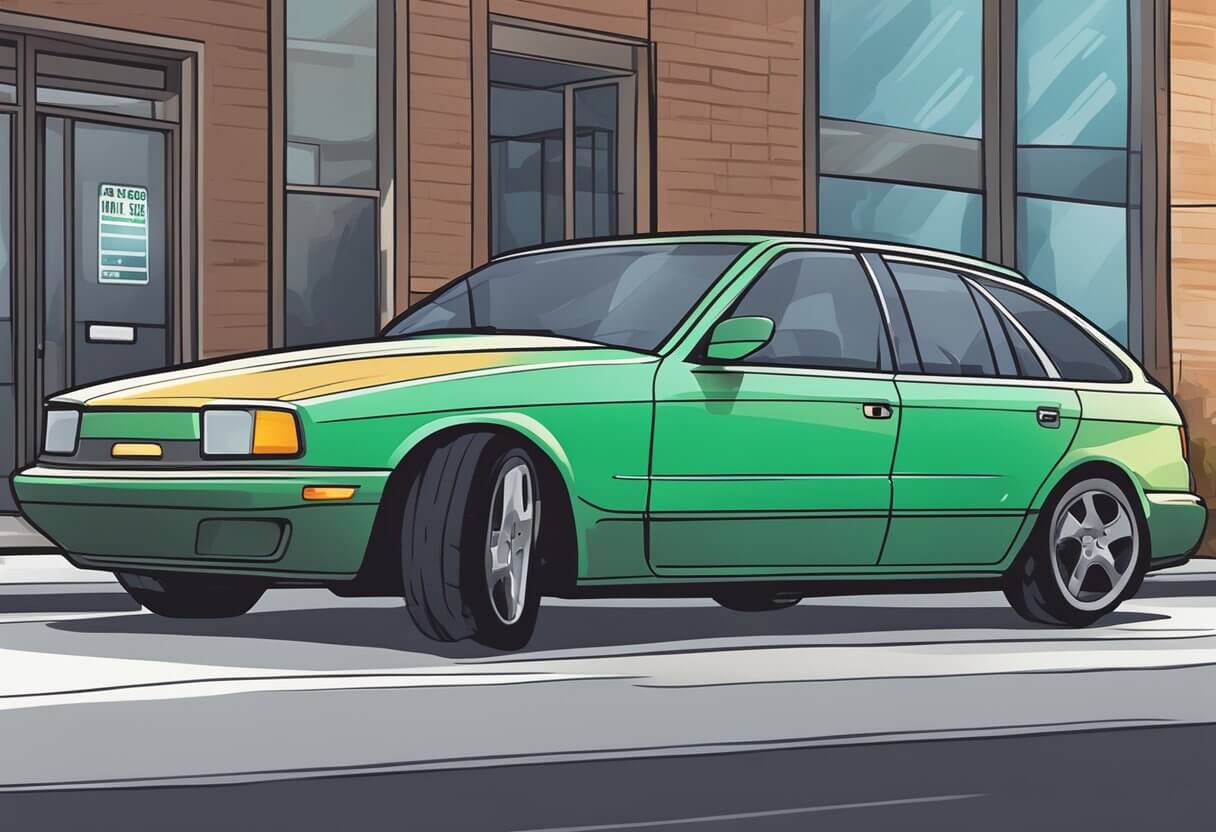
Have you been thinking about getting that sleek, dark 15% window tint for your car? Before you do, it’s crucial to understand the laws around window tint darkness – a 15% tint may look cool, but it could also be illegal in your state or region.
Window tint laws exist for valid safety reasons, and breaking them can lead to fines, penalties, and even having to remove the tint. So is 15% window tint legal where you live?
In this in-depth guide, we’ll cover everything you need to know about 15% window tint legality – the reasons behind tint laws, legal limits across different states, consequences of having an illegal tint, and alternatives to explore.
What is Window Tint Percentage?
Before we dive into the legalities, it’s important to understand what window tint percentage means. The percentage refers to the visible light transmission (VLT) level of the window film.
A lower tint percentage means less visible light can pass through the window, resulting in a darker tint. Conversely, a higher percentage allows more light in, creating a lighter tint.
For example:
- 5% tint: This extremely dark “limo tint” allows only 5% of light to pass through, giving maximum privacy and heat rejection.
- 15% tint: A popular dark tint that blocks 85% of light from entering.
- 35% tint: A moderate tint that offers a balance between privacy and visibility.
- 50% tint: A light tint that still permits quite a bit of visible light transmission.
When buying tint, always ask about the VLT percentage to understand just how dark or light the film will be.
Why Do Window Tint Laws Exist?
You might be wondering – why are there laws around window tint darkness in the first place? There are a few key reasons:
- Safety: Very dark tints, especially on the front windshield and driver/passenger windows, can severely impair outward visibility and put drivers at risk.
- Law Enforcement: Overly dark tints make it difficult for law enforcement officers to see inside vehicles, which can present security issues.
- Privacy Concerns: While some level of tint is acceptable for privacy, extremely dark window films can enable criminal activities to take place undetected inside a vehicle.
To balance vehicle aesthetics with safety and privacy needs, most states and localities have laws regulating the minimum level of visible light that must be allowed through a vehicle’s windows.
Is 15% Tint Legal? An Overview
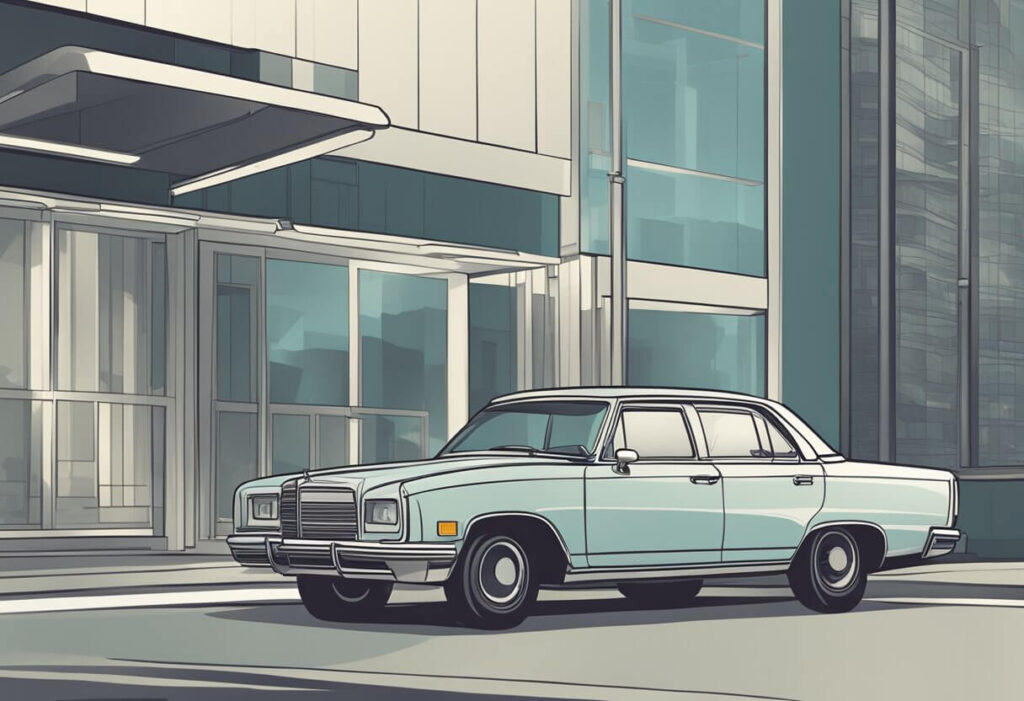
So where does the popular 15% window tint stand in terms of legality? In most states across the U.S., 15% tint is illegal for use on the front windshield, driver’s side window, and passenger’s side window.
The reasoning? A 15% tint allows only 15% of light in, meaning it is quite dark. Most state laws mandate front-window tints be more moderate, typically in the 27-35% VLT range to preserve adequate outward visibility for drivers.
However, some states do permit 15% tint on rear windows and the rear windshield, as impaired rear visibility is considered less of a safety risk than obstructed front/side views.
Ultimately, window tint laws can vary significantly from state to state. It’s crucial to check your local laws and regulations before getting any level of tint installed, including 15%.
State-by-State 15% Tint Laws
To give you a better understanding, let’s look at some specific state regulations around 15% window tint and tinting in general:
California
- Front windshield: Non-reflective tint is allowed no more than 4 inches
- Front side windows (driver and passenger): Must allow more than 70% of light in
- Rear side windows and rear windshield: Any darkness can be used
In California, 15% tint is permitted only on rear windows and the rear windshield, not the front windows.
Additionally, drivers must have a certificate showing the tint’s visible light transmission percentage. Medical exceptions allowing darker tints are possible with a physician’s documented need.
Florida
- Front windshield: Non-reflective tint allowed above the AS-1 line
- Front side windows: Must allow more than 28% of light in
- Rear side windows and rear windshield:
- Sedans: Must allow more than 15% of light in
- SUVs/Vans: Must allow more than 6% of light in
In Florida, 15% tint is legal only on the rear windows of sedans, not the front windows.
Texas
- Front windshield: Non-reflective tint allowed on the top 5 inches
- Front side windows: Must allow 25% of light in
- Rear windows and rear windshield: Any darkness can be used
So in Texas, 15% tint would be illegal on front side windows but permitted on rear windows and the rear windshield.
This quick sampling shows how tint regulations can be quite different across states. Some areas are more permissive than others when it comes to 15% rear window tint.
Consequences of Illegal 15% Tint
What happens if you get 15% tint installed and it turns out to be illegal where you live? The consequences can range from simple fines and citations to more serious penalties:
- Fines: Many states impose fines of $100-$300 or more for having an illegal window tint darkness.
- Forced Tint Removal: You may be required to remove the illegal 15% tint completely from your vehicle’s windows, often within a short time period.
- Impounded Vehicle: In some areas, driving with an extremely illegal tint can potentially lead to your vehicle being impounded.
- Safety Risks: An overly dark 15% tint can impair your driving visibility, especially at night, putting yourself and others at risk.
Beyond the legal and safety issues, having to remove expensive new tint is also a hassle that’s easily avoidable by following your local tint regulations.
Alternatives to 15% Tint
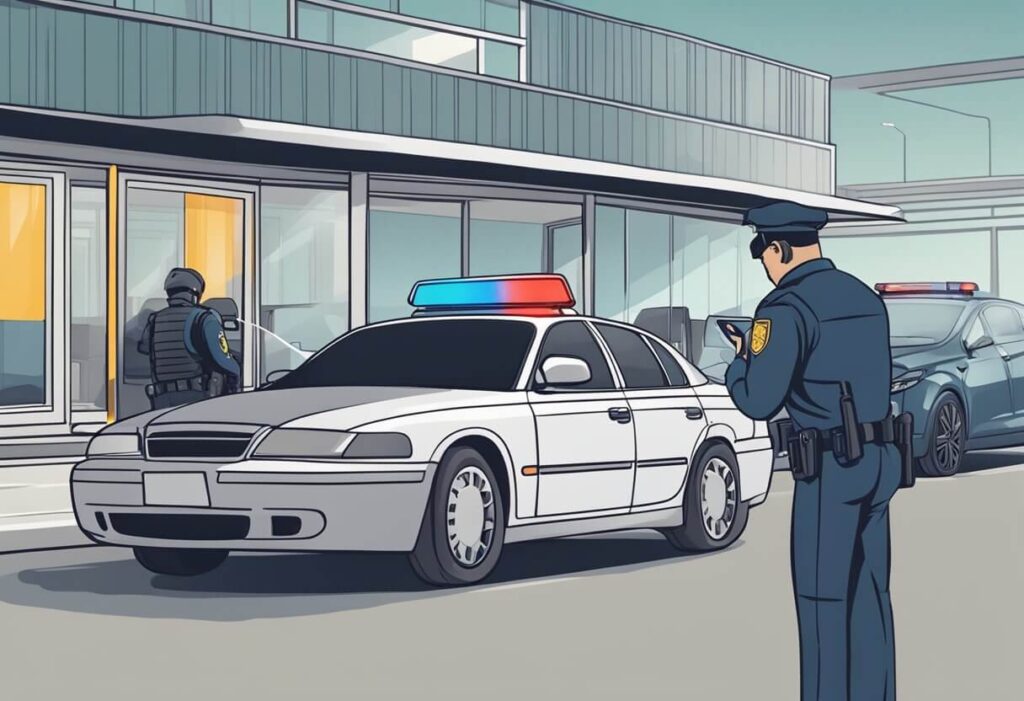
Are you set on getting that dark, sleek tinted look for your car or truck? If 15% tint is illegal for your front windows, here are some alternative options to consider:
Legal Tint Percentages: Many states allow a front window tint in the range of 35-50% VLT, which provides moderate privacy and heat reduction while preserving safe outward visibility.
Factory Privacy Glass: Many vehicle manufacturers offer factory-tinted “privacy glass” on higher trim models that is designed to comply with all tint laws.
Removable Window Shades: Instead of permanent tint, you can use removable car window shades or visors to add privacy and reduce glare when needed.
Ceramic Window Tint: Some shops offer high-end ceramic window tints in a lighter shade like 50% that provide excellent heat and UV rejection.
Explore compliant options with local tint installers to get the look you want while staying within legal tint limits.
Getting Legal Window Tint
If you decide to pursue legal window tint for your vehicle, be sure to go with a reputable professional installation. Here are some tips:
- Ask to see certifications and warranties for the tint film and installation process.
- Make sure the tint percentage you choose complies with all local laws and regulations.
- For best results, avoid extremely cheap tint kits or inexperienced installers.
- Be wary of any tint shop willing to install an illegally dark tint on your front windows.
A professional window tint installation may cost a bit more, but it is worth it to get high-quality film that is legally compliant and looks great for years to come.
In Summary
As we’ve covered, whether or not 15% window tint is legal comes down to your specific state, locality, and which windows the tint is applied to. In most areas, 15% tint is not permitted on front windshields and driver/passenger windows due to safety and visibility concerns.
However, many states do allow 15% tint on rear windows and windshields of cars, SUVs, and trucks. The tint regulations can vary significantly, so always check your local laws before getting any level of tint installed.
If a dark 15% tint is not legal for your front windows, explore other tint percentages in the moderate 27-35% VLT range or upgrade to high-end ceramic window films for improved heat rejection. Factory privacy glass and removable window shades are other options as well.
No matter which tint you choose, be sure to go with a reputable installation process that is fully legal and high-quality. Breaking window tint laws can lead to fines, forced removal, and even vehicle impoundment in some areas.
By understanding your local tint laws and options, you can get that sleek privacy you want on your car or truck while staying on the right side of regulations. Have any other questions about 15% tint legality? Ask away!

